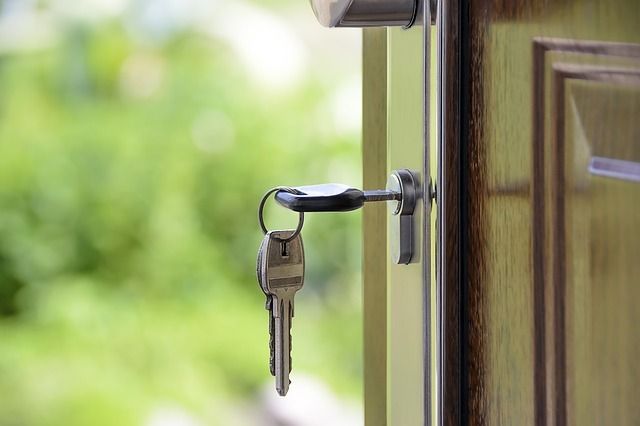
by Brad Hunter of HomeAdvisor
The share of homeowners under the age of 35 will grow from 31 percent to 35 percent by the end of this year alone, according to the Harvard Joint Center for Housing Studies.
This is in sharp contrast to news we've been hearing for some time now — that millennial incomes aren’t keeping up with home prices. So, how is it that millennials will be able to afford to move out of rental homes (or out of their parents’ homes) and into their own homes within the next year?
First, they’re going to buy fixer-uppers. A home that needs repair will sell for considerably less than one that has already been lovingly refurbished and updated — and the percentage discount can be significant. With mortgage funds becoming more readily available, many millennials will be able to get into homes in need of repair. Then, they’ll work to fix them up — completing home improvement projects over a period of one to two years and adding more to their dream homes as finances allow. This is an excellent way for 20- and 30-somethings to start building equity. And, to the extent that they’re able to add some “sweat equity” (i.e., to do some of the hammer-swinging themselves), they will realize even greater financial benefits.
Millennials will form 23 million new households over the next 10 years, according to Harvard’s analysis. And in the next decade, owners currently younger than 35 are projected to account for more than one-quarter of total home improvement spending — as well as virtually all of the net growth in home improvement spending.
Here are some ways millennial buyers can make their dollars go farther:
- Look in up-and-coming neighborhoods. Transitional neighborhoods — those in which a number of homes are being fixed up and beautified — will provide the best return on investment.
- Look for homes chiefly in need of relatively easy, inexpensive cosmetic repairs (such as wallpaper or landscaping updates). Some sellers simply don’t want to go to the trouble of updating and repairing everything, but an industrious buyer can decide which items are most important and tackle those first. Young buyers should look for homes that are immediately livable, but that have just enough “ugly” to warrant a nice discount. This approach can save a buyer a lot of money while providing a superior return on investment.
- Look for a home with out-of-date features and appliances. This way, buyers can plan to update certain items each year, according to their own priorities and tastes.
- Look into foreclosed homes and short sales. It’s a common belief that the foreclosure supply is gone, but there is actually still a significant amount of inventory left in the hands of the banks — and some of it can be bought at a huge discount. A caveat: Some of those houses can turn into “money pits” with difficult-to-estimate repair needs, so buyers should be sure to get a qualified inspector to check things out prior to making a purchase. First-time home buyers typically aren’t equipped or solvent enough to tackle deep renovation projects that involve pulling building permits. They should be careful not to get in over their heads.
Brad Hunter spearheads HomeAdvisor’s analysis and tracking of housing markets and the home improvement industry using proprietary data from HomeAdvisor. He is regularly cited in local and national journals, and has recently been featured in the Wall Street Journal and on Bloomberg News and CNBC.
